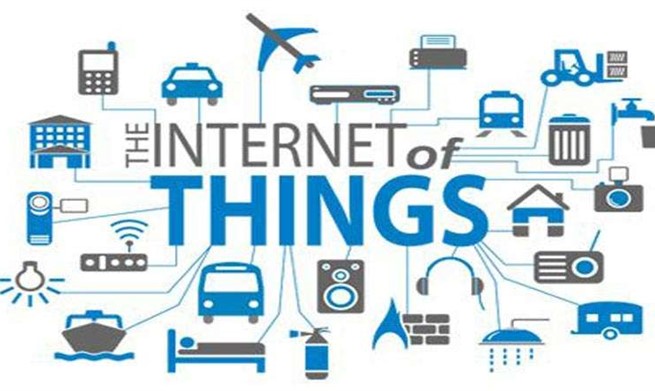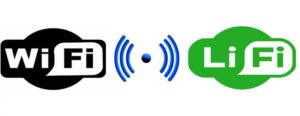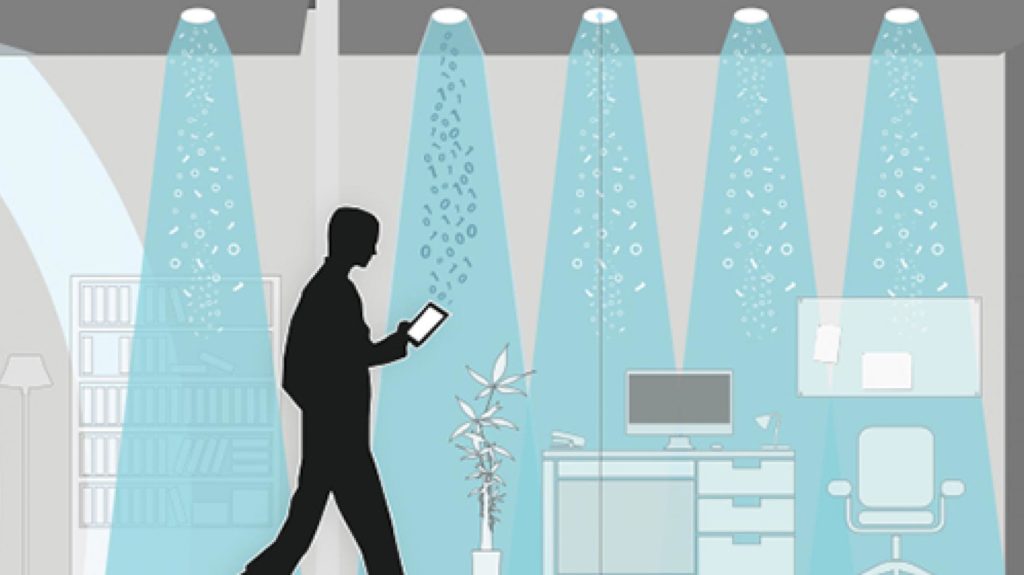The Internet of things or IoT ( Internet of things for short) focuses on the interconnection of everyday objects, such as light bulbs or household appliances, either with each other or with people.

Add this to the growing number of smartphones, tablets, computers, TV or radio stations and other items that use radio signals to communicate, and it is no wonder that the radio spectrum is becoming increasingly saturated.
This is where Lifi (light fidelity) technology comes into play. Lifi allows us to have a data connection through pulses, imperceptible to humans, which are emitted from any compatible light bulb and interpreted by a special receiver.
What is Lifi based on?
As mentioned above, the operating principle of this technology is based on LED bulbs controlled by a driver that encodes, either by turning the bulb on and off or by regulating the light intensity, the information to be transmitted. This signal is captured by a very sensitive optical sensor and then decoded.
The communication process is quite similar to that of Morse code.
Lifi uses orthogonal frequency division multiplexing (OFDM). In a nutshell, this technique is based on the division of a high-speed channel into several smaller ones, which allows the transmission of several “slower” signals on the original channel simultaneously. This allows information to be transmitted at high speed and occupying less space.
Most communication systems use OFDM, such as television (DVB-T), internet connections (Wi-FI and ADSL) or 4G mobile telephony.
The internet connection can be made via PLC(Power-line Communication) where the signal is transmitted through the power grid or via PoE(Power Over Ethernet) which transmits the power through the network cable itself.
Advantages of Lifi technology
Lifi stands out from technologies such as Wi-Fi in several decisive aspects such as transmission speed, absence of interference and security of the transmitted information.

Speed
Wi-Fi connection speed is typically up to 54Mbps (Mega bits per second) although there are techniques that allow reaching 1Gbps (Gigabit per second, where one Gigabit is equivalent to 1,000 Megabits). With Lifi, speeds of around 3Gbps per color are achieved, so with RGB LEDs a speed of 9Gbps would be obtained.
No interference
Wi-Fi technology uses radio frequencies that can produce electromagnetic interference. These interfere with the proper functioning of other electronics and can be potentially dangerous in airplanes, nuclear power plants or gas plants. Lifi uses light that is naturally harmless and does not generate any electromagnetic interference.
Safety
Radio waves propagate through ceilings and walls but light does not. A hacker can connect to our Wi-Fi network from outside the building and extract information from computer equipment on the network. The information transmitted by Lifi is only accessible where the light shines.
Lifi in everyday life
There is still a long way to go before we can enjoy compatible devices in our daily lives. The main handicap of this technology, indeed of any new technology, is the high cost of the transmission equipment and the fact that it is also not cheap to have to wire every light bulb via Ethernet. Finally, it is necessary to reduce the size of the transceivers so that they can be integrated into smartphones or tablets.

Even so, we must remember that the internet speed is limited by the service offered by the provider and that at the moment it does not usually exceed 300Mbps. So, as long as the speed of the internet access itself is slower than the Lifi itself, this technology is not viable, and we could even say that it is not necessary, at present.
Although the applications of Lifi in society are yet to come, there is no doubt that it is a revolution in wireless communications and offers a ubiquitous connection path that will be essential for the development of the IoT. Until data transmissions through light become a reality, from Ledkia we will continue working on what we do best, offering you a wide range of LED lighting products with the best price and quality.


